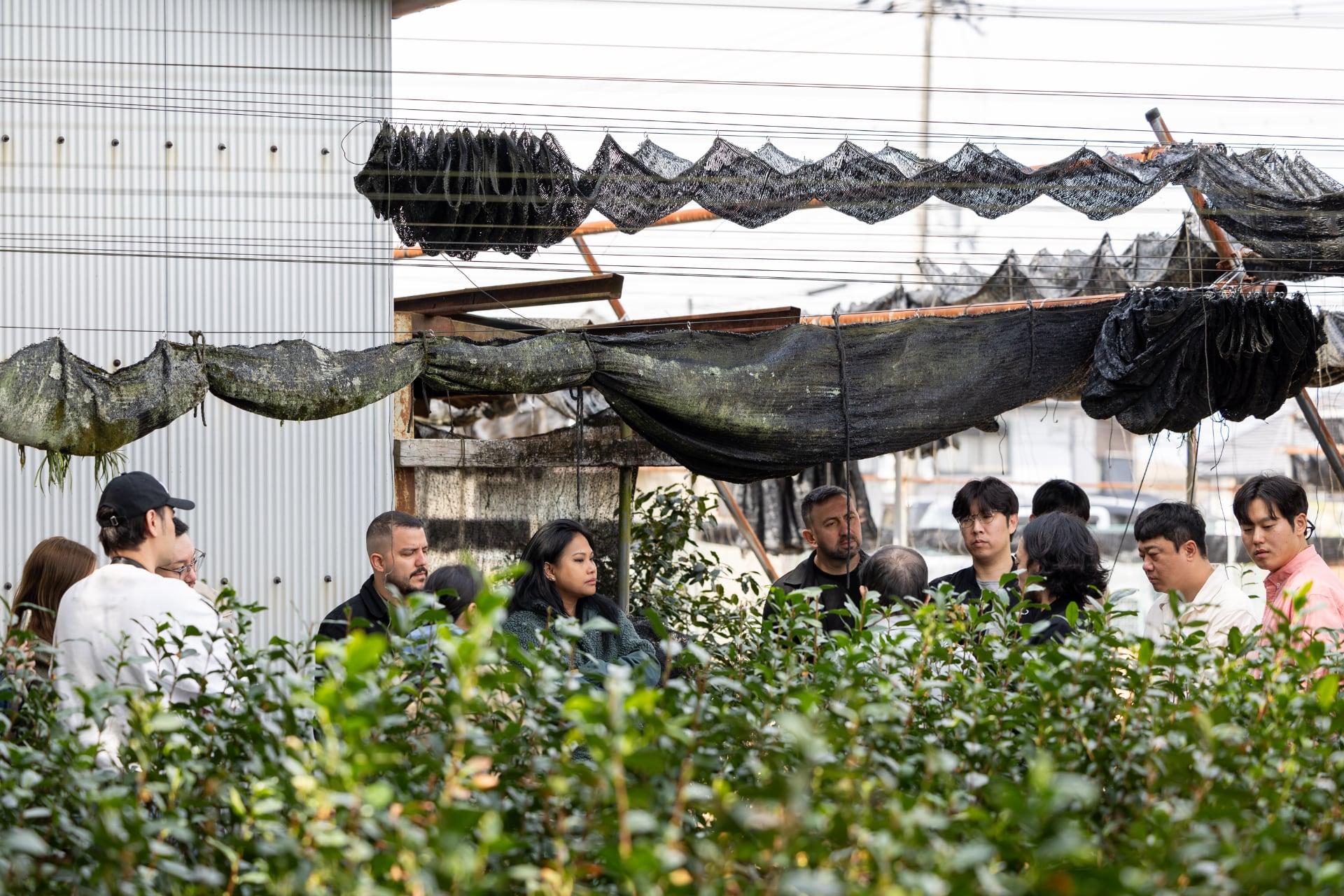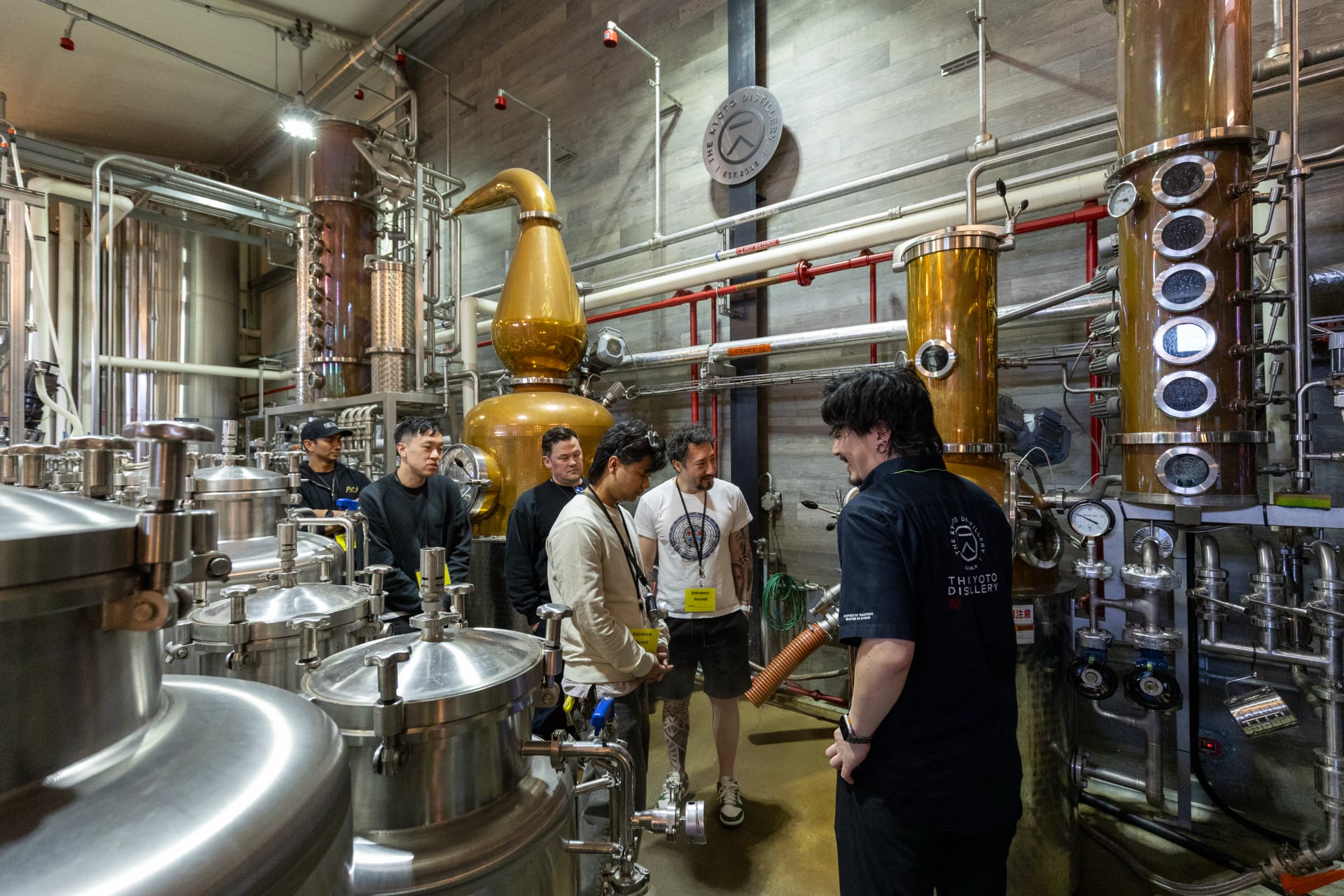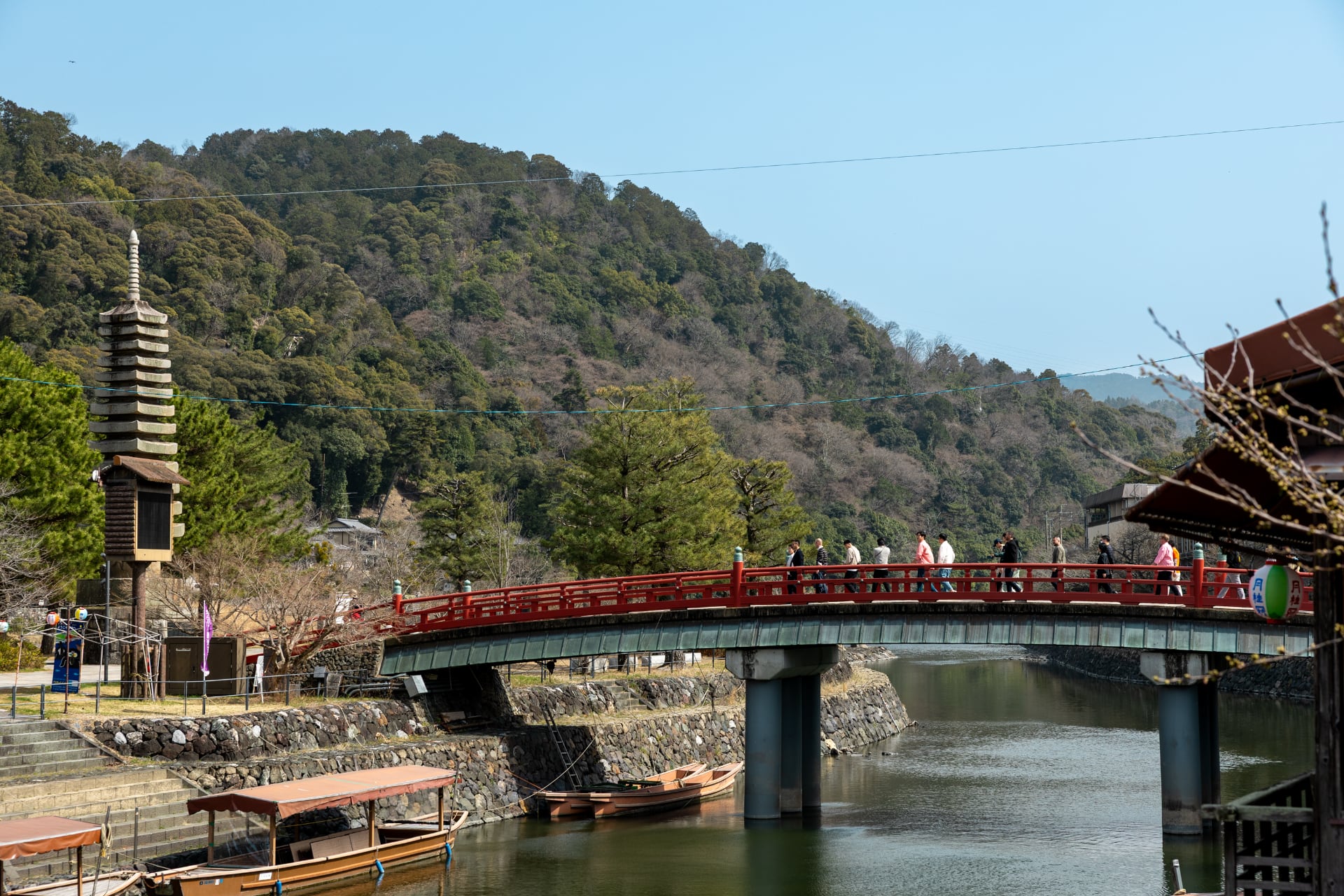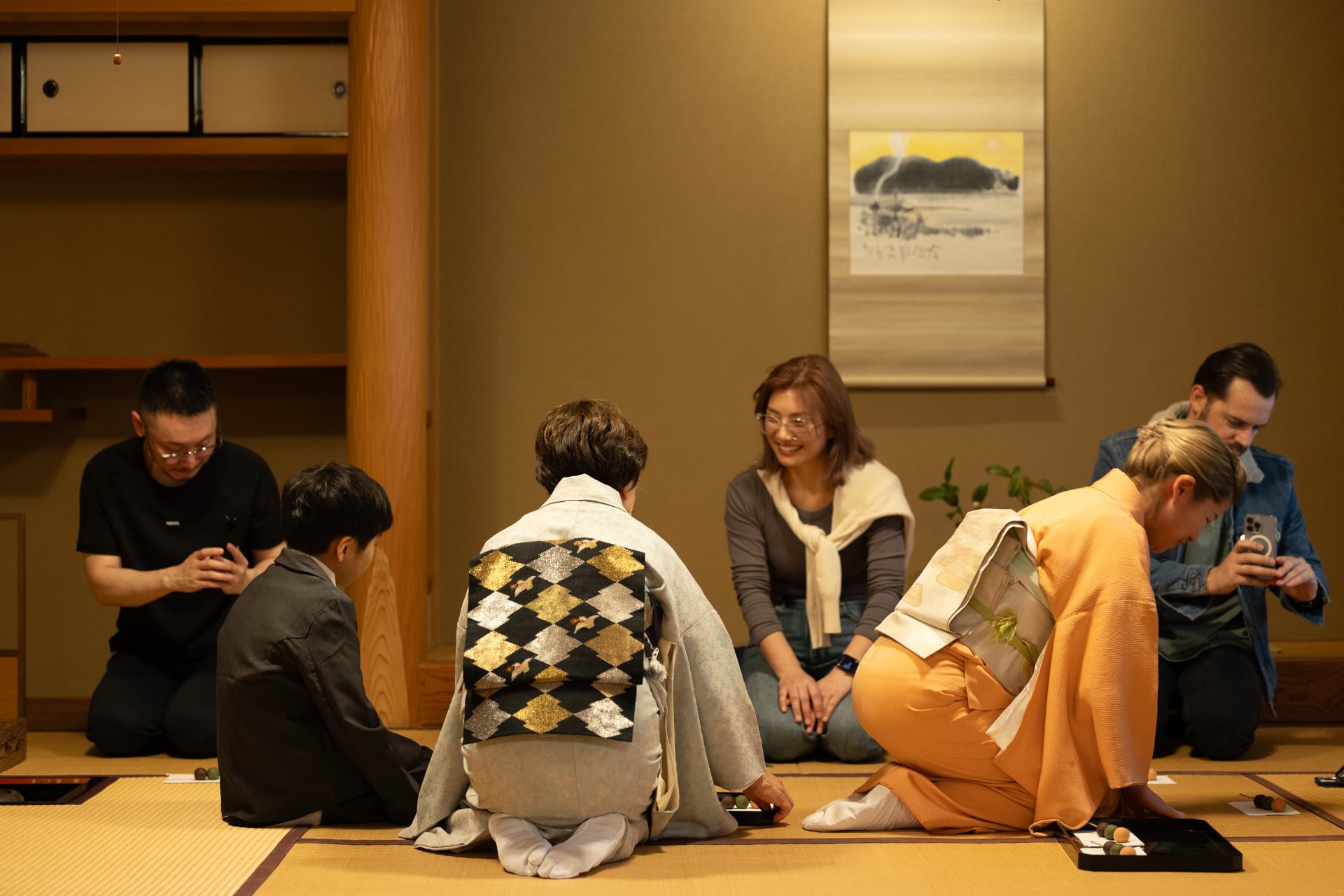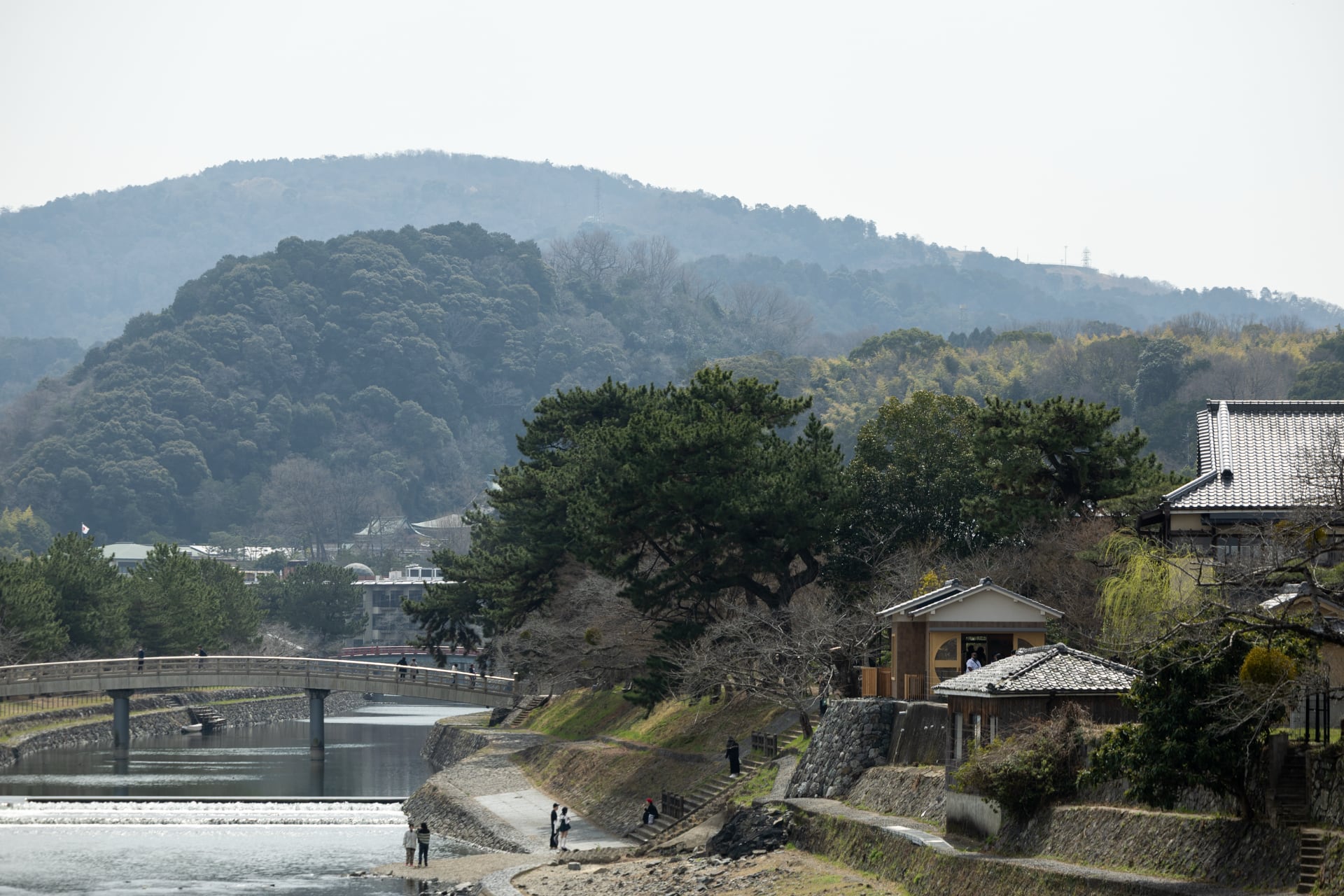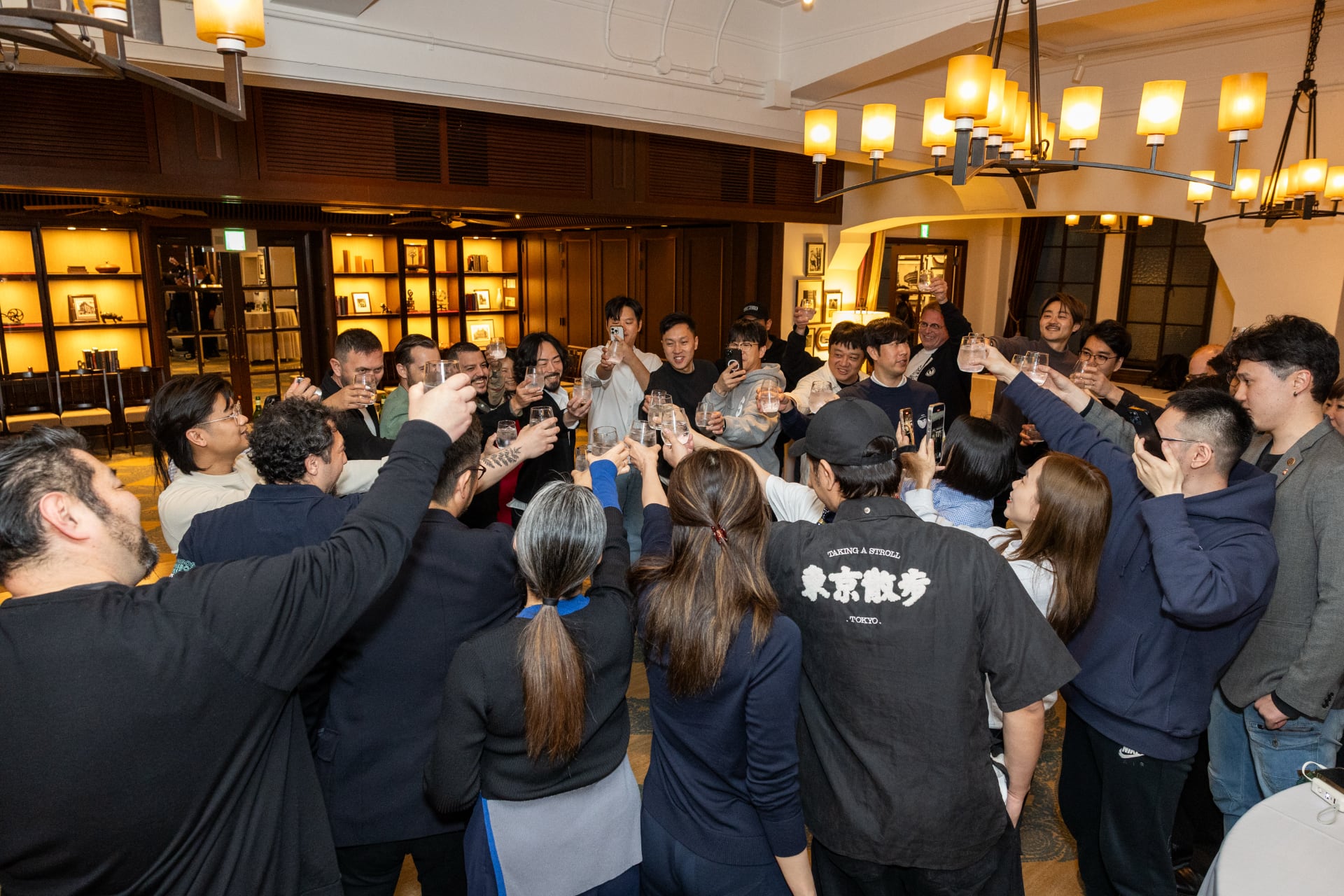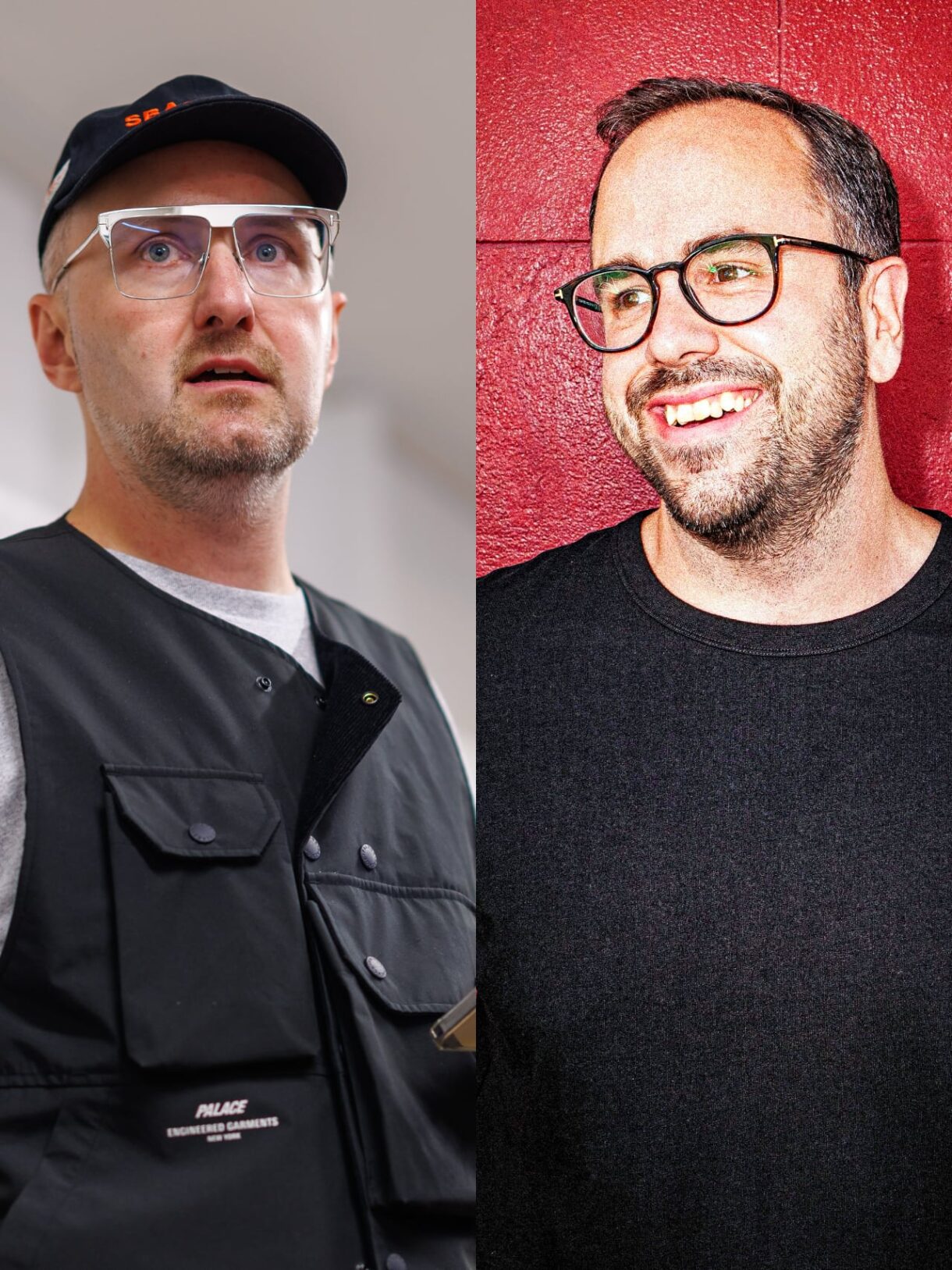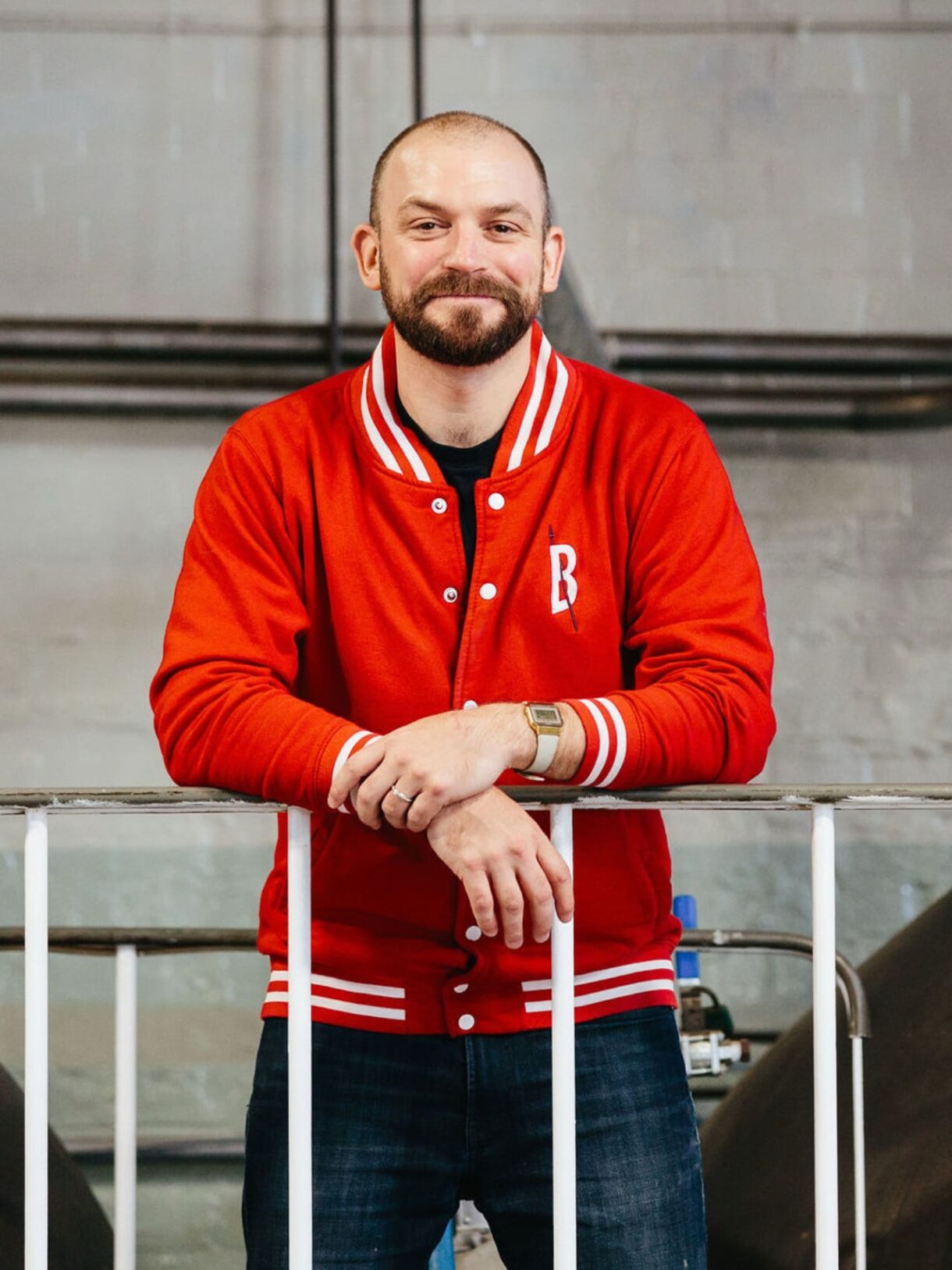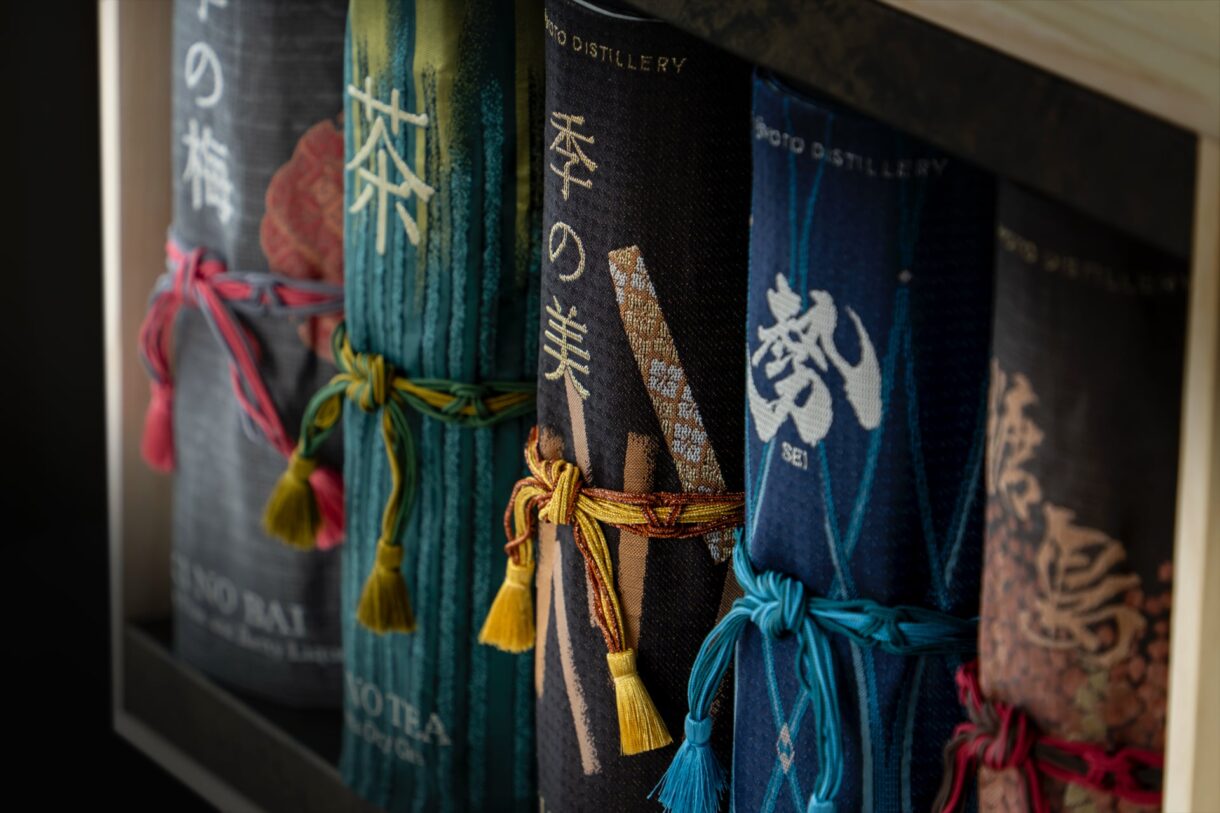KI NO BI welcome bartenders from around the world to Kyoto
KI NO BI, our small-batch, artisanal gin made in the ancient city of Kyoto since 2015 and associated with the finest Japanese craftsmanship has a fascinating story to tell – a story so steeped in Japanese history and culture that it belies its young age.
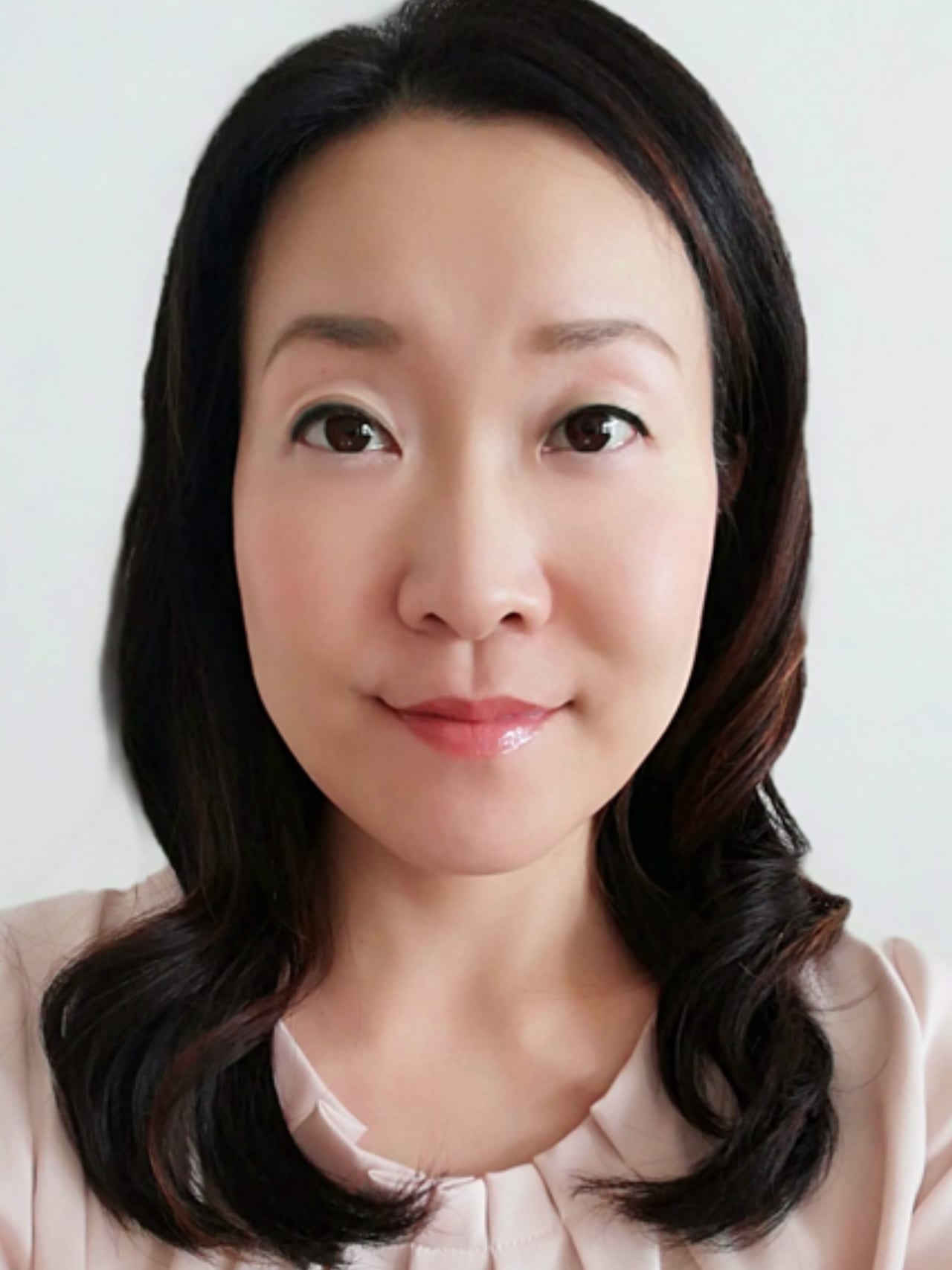
And it’s a story some of the world’s leading bartenders got to hear at our ‘Bartenders Retreat’ in Kyoto at the end of March. During a two-day tour, they got to see first-hand, the care and precision that goes into making every bottle of our luxury gin and how the tea is carefully grown. To find out why the retreat is important and what KI NO BI had in store for its guests, we had a chat with Akiko Miyama, Marketing Manager KI NO BI, who has been with the ultra-premium gin since the start.
Can you tell us a little bit more about the bartender’s retreat?
It’s very exciting! We are really looking forward to the event. We have around 20 invitees – leading bartenders, bar owners and mixologists – who are among our biggest supporters across our main markets to come to Kyoto to embrace the KI NO BI experience with an exclusive two-day tour. It’s a curated educational adventure that include meditative moments, artfully crafted delicacies, exquisite cuisine and the famed hospitality our spirited place has to offer!
What do you have in store for the guests?
On the first day, our group will go to the tea garden in the Uji area of Kyoto – it’s the only one of the “seven best” of its kind that remains to this day since the Ashikaga Period of the 14th to 16th century. Tea, one of our 11 botanicals used to make our gin, is very important in achieving our balanced and delicate aromas, and part of our uniqueness.
As a pioneer of Japanese gin, we were one of the first to use green tea and we have a very strong relationship with farmers, whose tea gardens have been around for hundreds of years. It is not just about using it as an ingredient. There are many types; there is everyday tea for example and others for special occasions such as premium green tea called gyokuro. For us, tea is about high quality, history and culture, which is a big part of who KI NO BI is. We use gyokuro and so it has a big role to play in the Kyoto story. So, our guests will meet farmers and see how matcha is made, experience a ceremony with the tea master and immerse themselves in some Zazen (siting) meditation!
On the second day, they will visit our distillery in Kyoto to meet our distillers and learn in-depth about our production methods and botanical distilling of our ultra-premium gin. This will be followed by a KI NO BI masterclass by Marcy Sakuma, our Global Brand Ambassador for Asia and the US, at our brand home, The House of KI NO BI, to explore the six elements [base, citrus, tea, herbal, spice and fruity & floral] of blending.
Can you describe the brand home, The House of KI NO BI?
The House of KI NO BI was opened five years ago and serves as a place where people can experience and learn about the world of KI NO BI. Based in the centre of Kyoto, it is a beautiful place that is more than 100 years old. The machiya (wooden townhouse) of the House originally belonged to a lumber merchant, while its mud walls, beams and cobblestone flooring have been extensively preserved to provide it with a period-correct ambience. The interior of the house was designed with the help of local artisans and reflects the KI NO BI philosophy in each of its various rooms [a bar, a shop, an exhibition and a tasting room]. Its wallpaper was produced by KIRA KARACHO, the renowned atelier founded in Kyoto in the 17th century, which wraps the interior walls with designs celebrating the beauty of the four seasons. The house also has a ‘hidden’ members-only bar at the back. Even though we don’t sing and dance about it being there, it has 3,000 members – they just appreciate being part of the KI NO BI world!
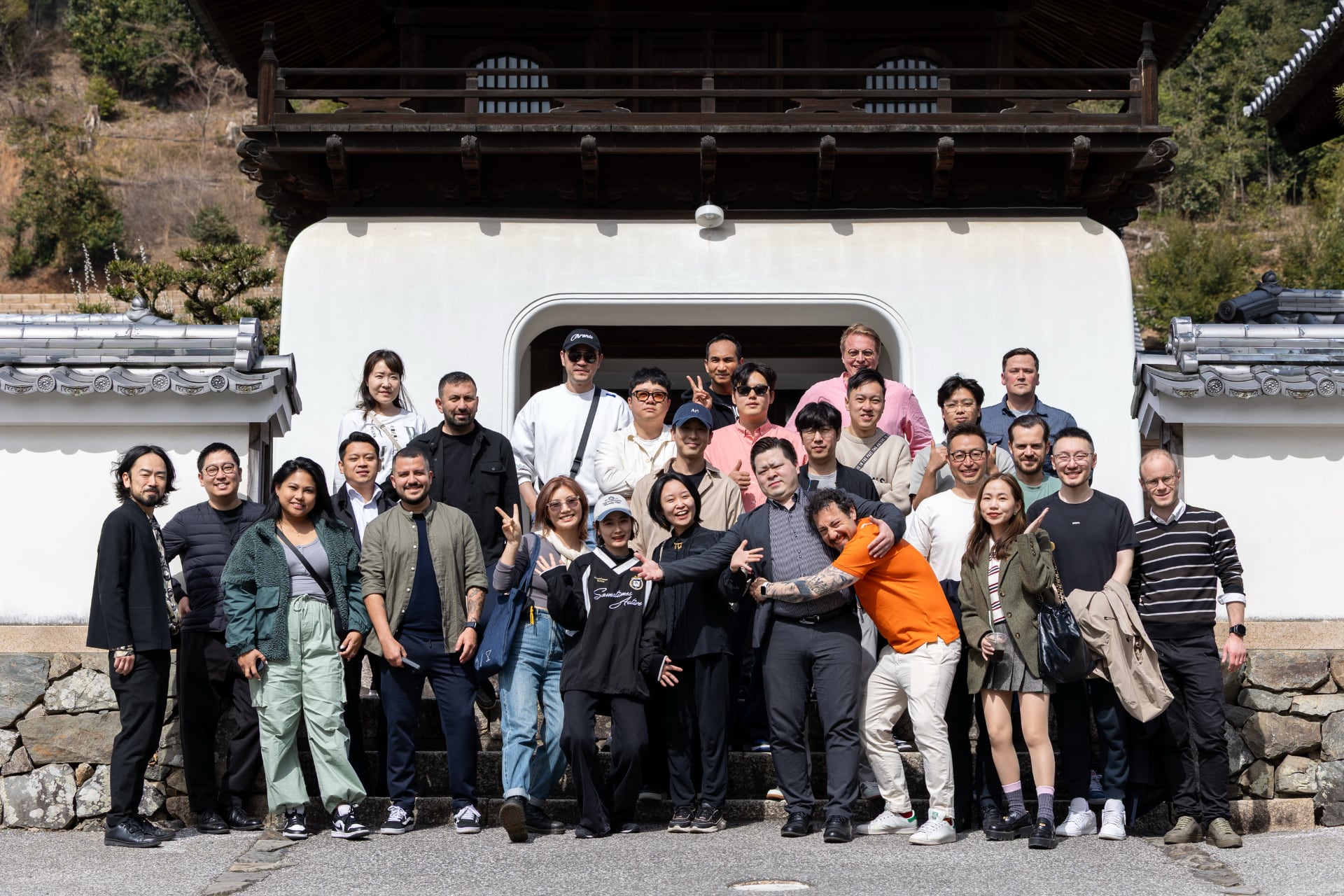

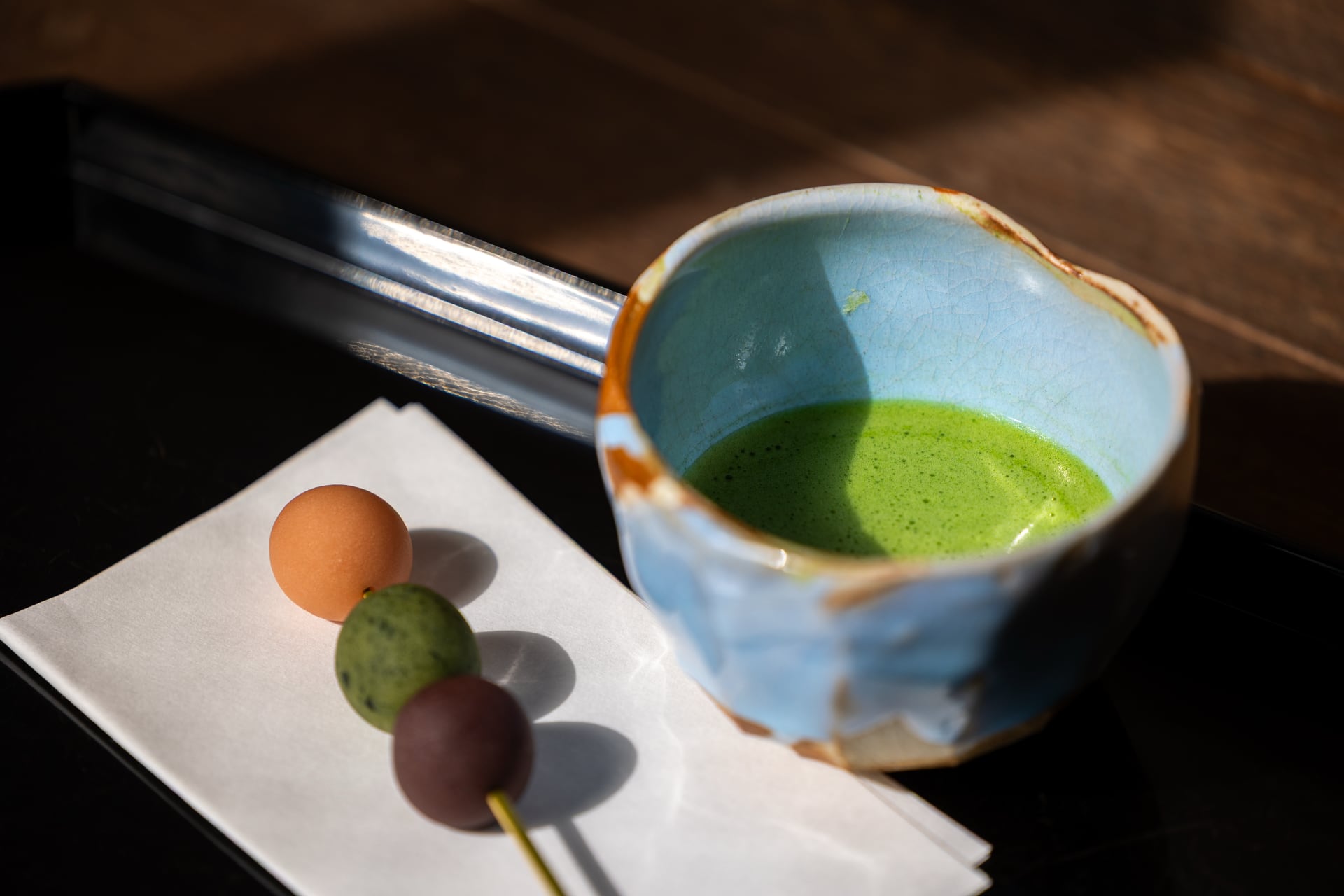
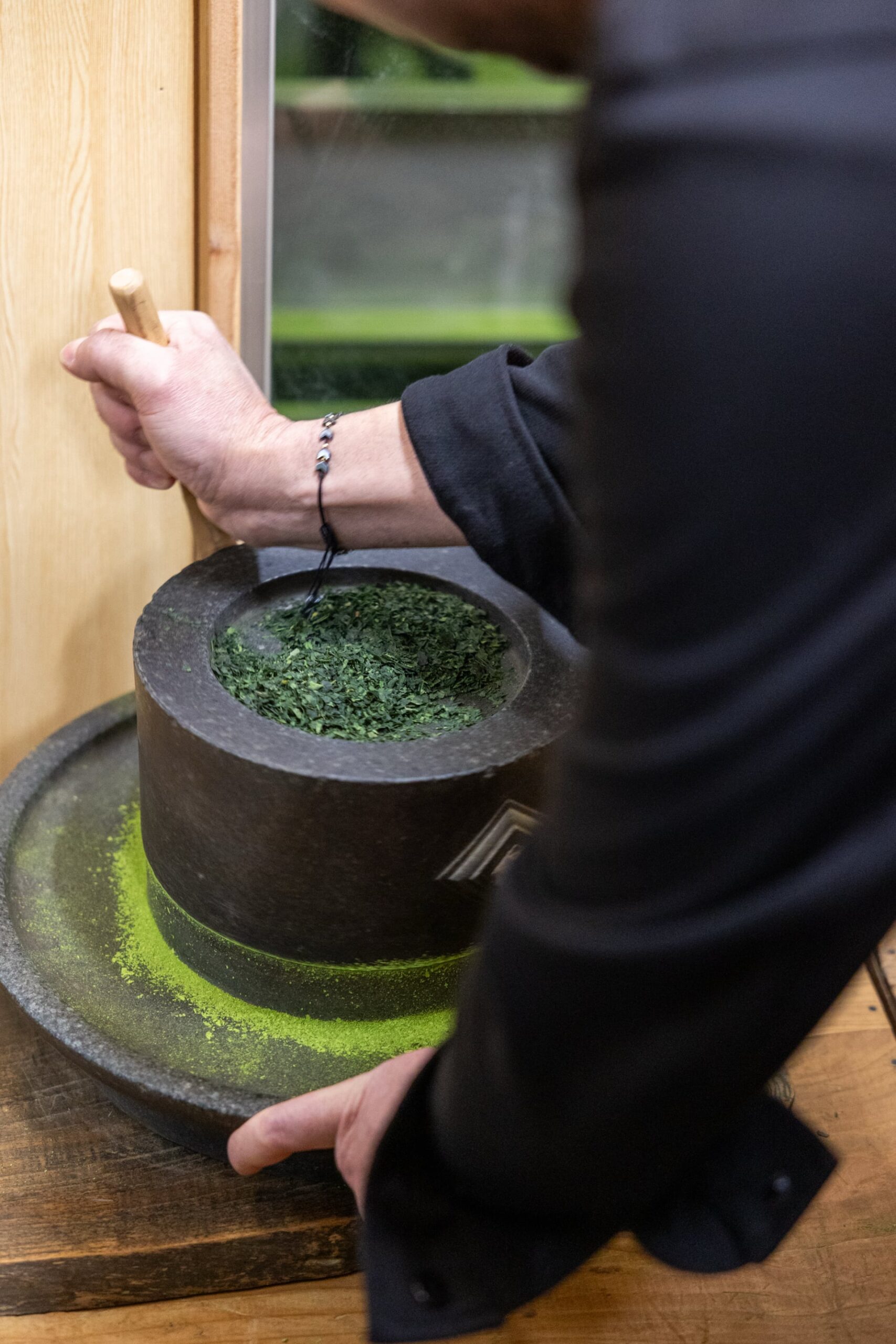
What do you hope bartenders will take away from the retreat?
They will see just how meticulous our gin-making process is. The way we source and use ingredients, most of which are fresh, and we have an annual Yuzu-picking week where our entire team is participating. It takes a lot of manpower but that is the way we like it. We don’t throw all the ingredients into one still and press the button. Our small distillery is packed with several tanks, which are used to macerate the botanicals divided into six element groups, separately. This hand-crafted precision process is what we believe makes us special. When people visit our distillery, they are always surprised at just how handcrafted we are. That’s why we wanted to do this tour – so bartenders can meet our people, distillers and ambassadors in person and experience the KI NO BI story firsthand.
Why is the retreat an important part of KI NO BI’s overall brand strategy?
KI NO BI is very focused on the on-trade sector, as our brand is found at premium bars and restaurants. The first time a consumer will hear about the KI NO BI story will likely be from a bartender, so our customers first and foremost are the bartenders who serve our gin. It is important for us to build relationships with bartenders and give them more insight into our brand. We hope that experiencing our brand story in person will prove an inspiration to our guests – so they can continue to relay our story when they are serving KI NO BI to customers in their home markets.
